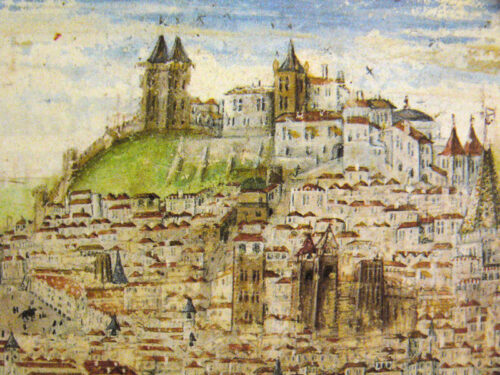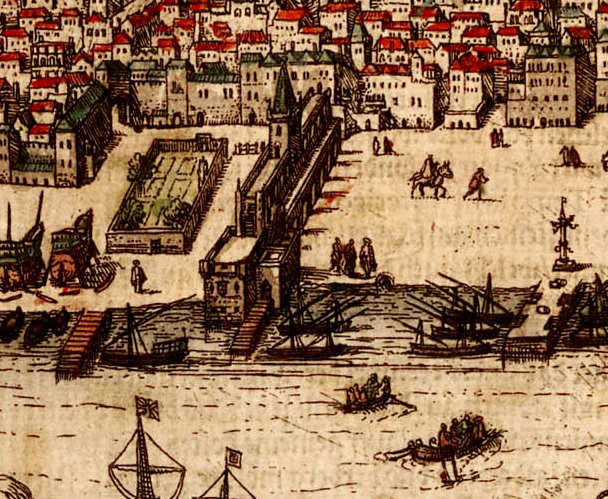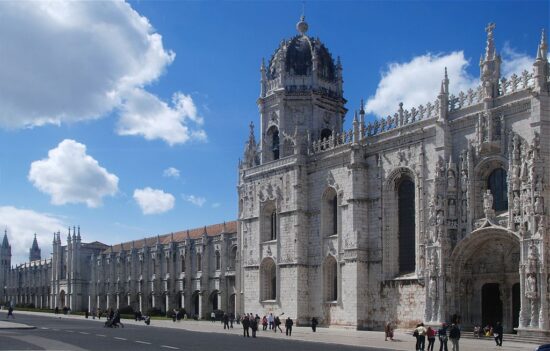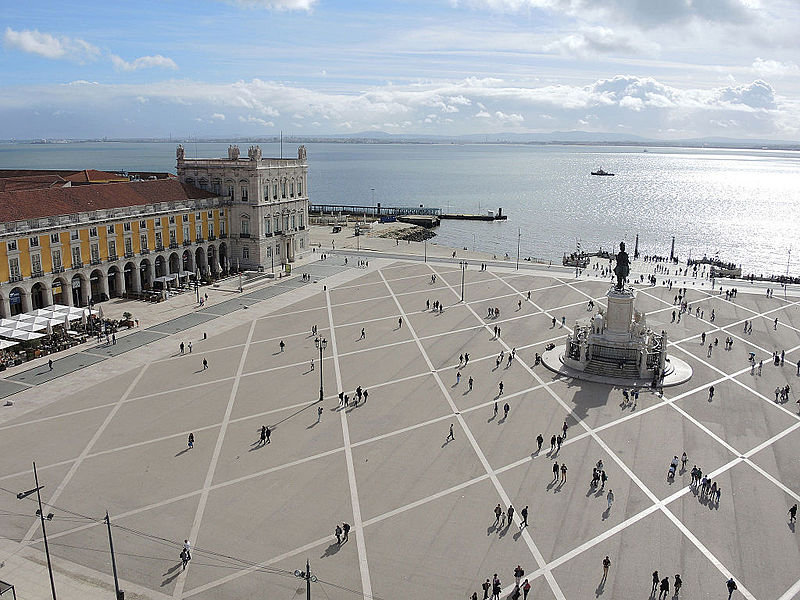Early Adulthood
Although the peace with Castile would not last for long, the policy of good relations with the English crown favored Portuguese traders & seamen who started looking for ways to overcome the expensive eastern trade routs controlled by Venice & the Ottoman Empire after the conquest of Constantinople in 1453. The rise of the favored by Lisbon’s increasingly influential bourgeoisie, House of Aviz in the Portuguese throne & the demise of the land orientated aristocracy in comparison to that of the wealthy traders would pave the way for bolder naval ventures by the Portuguese. The 15th century was the age of exploration for Portugal with most of the exploratory expeditions leaving from the port of Lisbon.
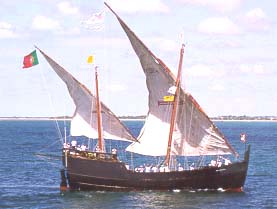
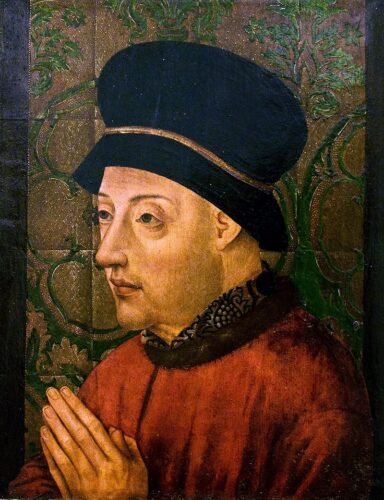
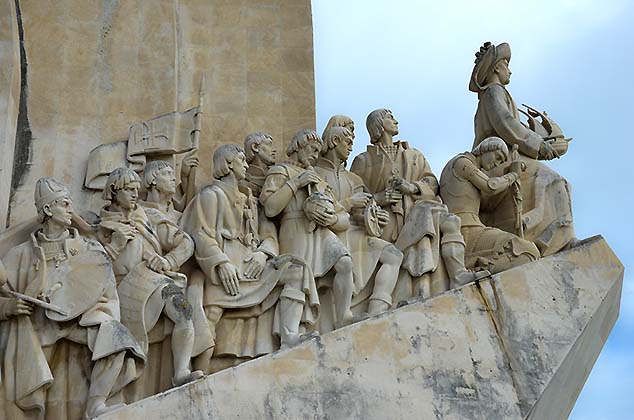
A constant exchange of cultural ideals with both Christian & Muslim states through commerce, the need for improved technology in the long naval journeys and the establishment of a money economy, made Lisbon a center of scientific & economic progress that would usher Portugal into its Golden Age & serve as an example for cities like London & Amsterdam.
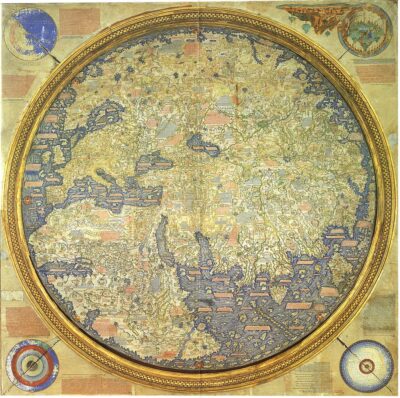
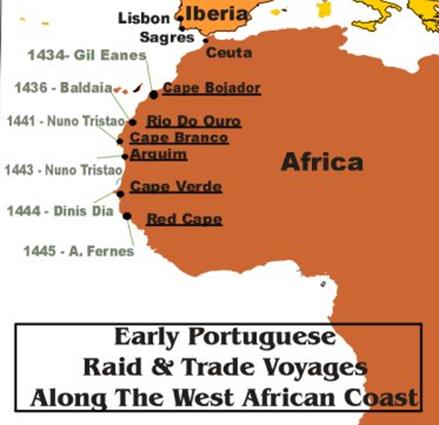

By 1450 the naval routes of Africa had already been sailed all the way to Sierra Leone & the first African slaves were brought to Portugal. The slave trade would prove to be the most profitable branch of Portuguese commerce. In the same time the Atlantic Ocean was explored almost up to Nova Scotia. After 1450, the Portuguese colonization of Azores, Madeira & selected areas of Africa starts producing the first substantial gains while further exploration leads to the discovery of the naval route to India & then to the Americas. A treaty between Spain & Portugal defines the spheres of exploration in 1494 & in 1497 Vasco de Gama completes his voyage to India after departing from Lisbon.
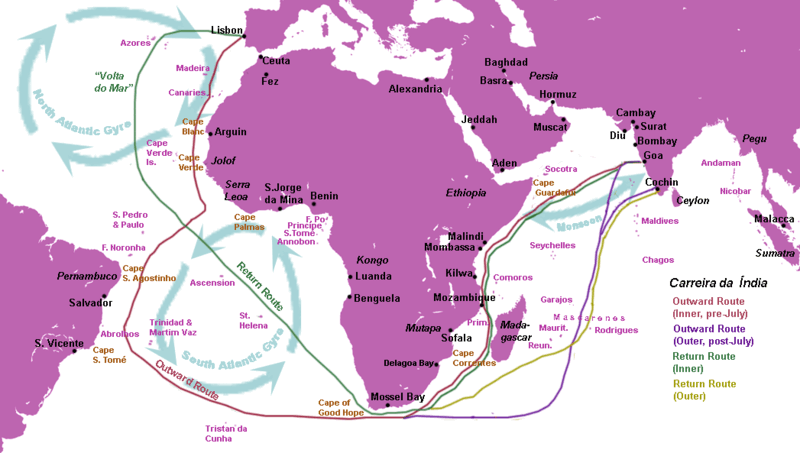
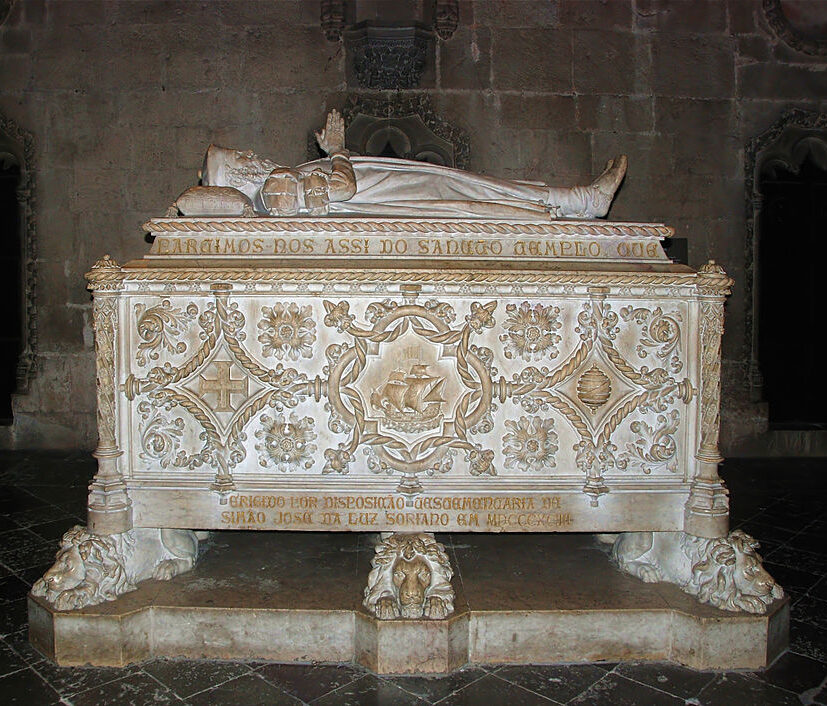
In the year 1500, Brazil is claimed for Portugal by the Portuguese fleet commander Pedro Álvares Cabral one month & twenty one days after his departure from the port of Lisbon in a voyage that had as its final destination the shores of India.

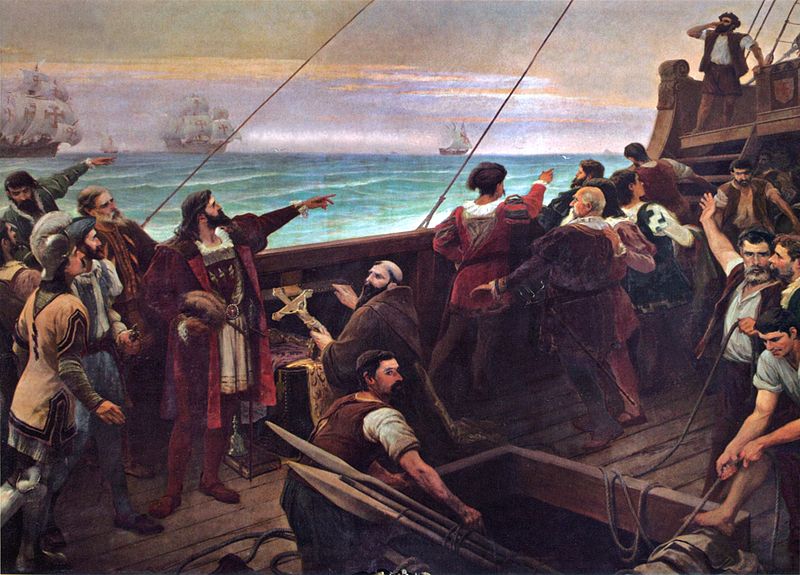
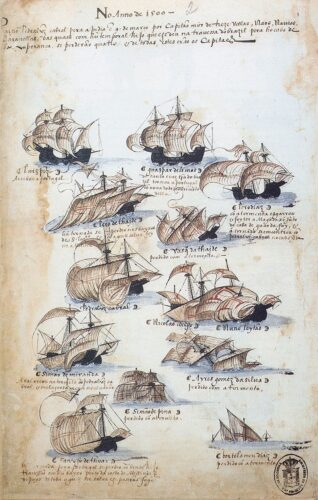
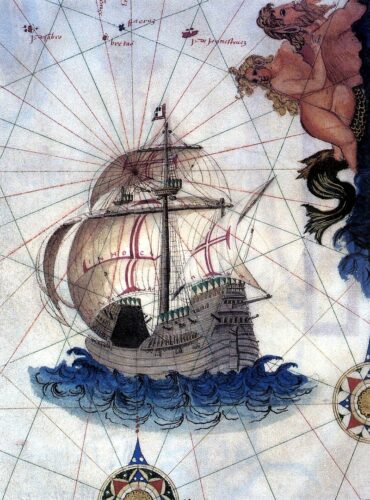
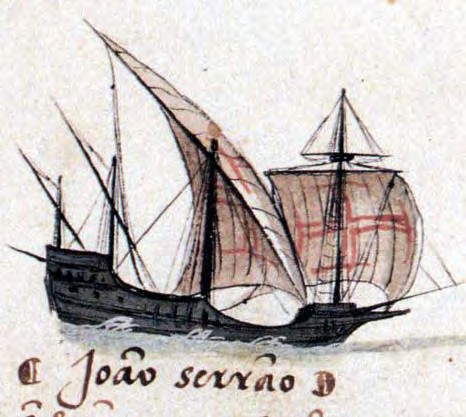
A few months later, the construction of the Monastery of the Jerónimos, one of the finest examples of the Portuguese Late Gothic Manueline style is inaugurated on the orders of Manuel I (1469–1521) who would fund the ambitious project with a 5 % tax on commerce from Africa and the Orient. In the same time the King would move his Royal Court & Residence from São Jorge Castle (the hilltop castle built by the Muslims on the site of older fortifications that went back to the Celtic tribes & the Romans) to Terreiro do Paço,( Ribeira Palace) at the site where the square Praça do Comércio stands today.
